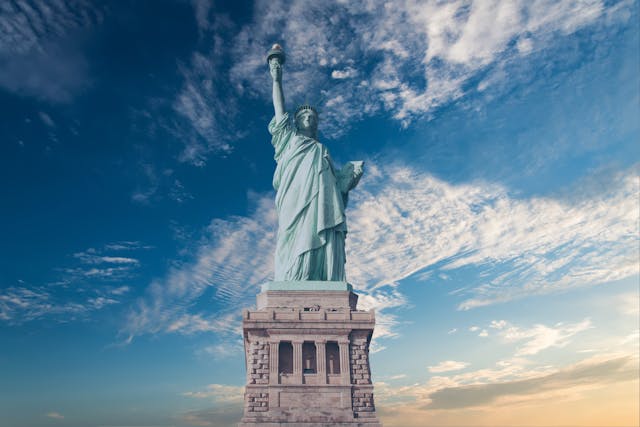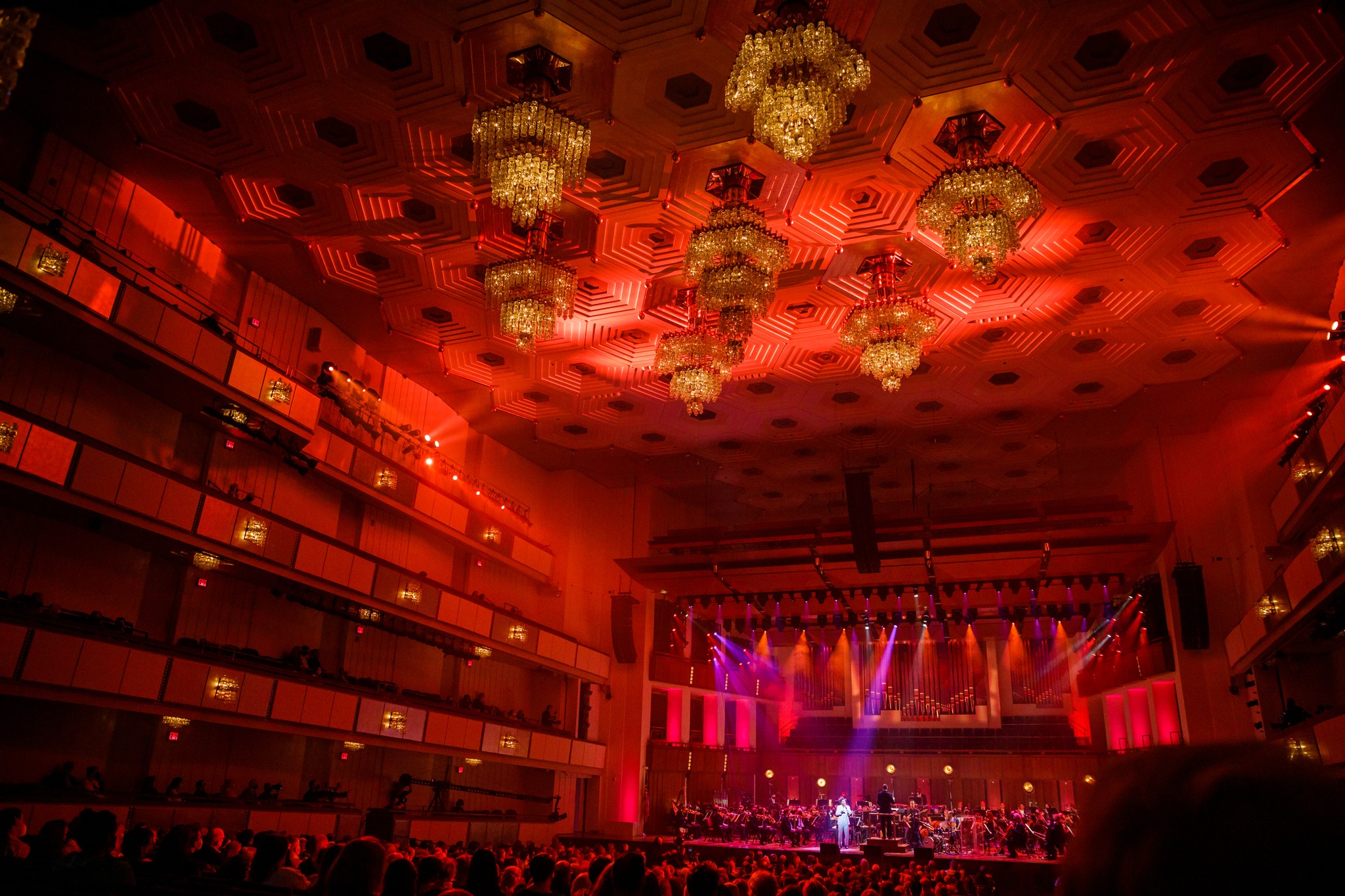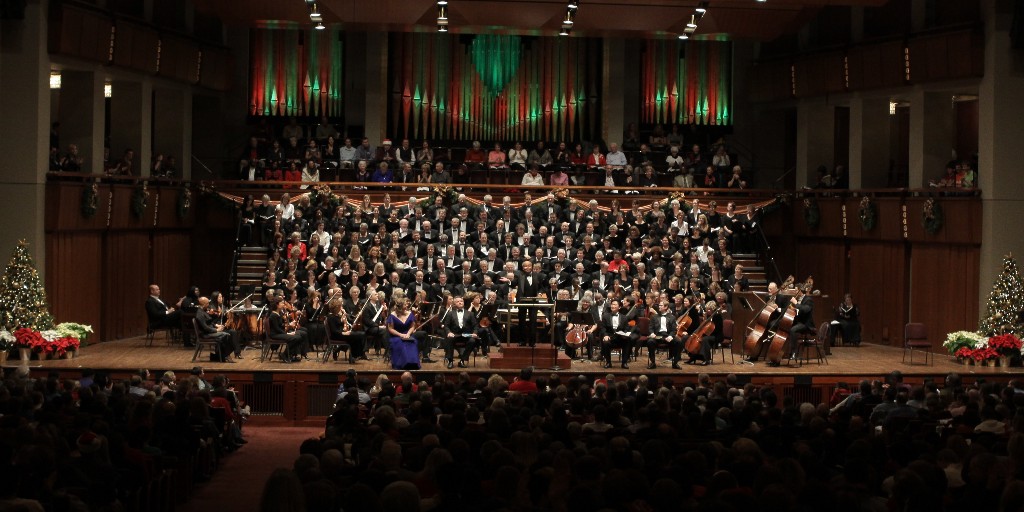



The Story of the Kennedy Center: America’s National Cultural Landmark
America We Are@weareamerica
6 months ago
The John F. Kennedy Center for the Performing Arts, commonly known as the Kennedy Center, is the premier cultural institution of the United States. Located in Washington, D.C., overlooking the Potomac River, it stands as both a tribute to President John F. Kennedy and a national stage for the performing arts.
The idea for a national cultural center dates back to 1958, when President Dwight D. Eisenhower signed legislation approving the establishment of such an institution in the nation’s capital. However, it was President John F. Kennedy, a passionate supporter of the arts, who truly championed the cause. After his assassination in 1963, Congress renamed the center in his honor as a living memorial to his legacy.
Designed by architect Edward Durell Stone, the Kennedy Center broke ground in 1964 and officially opened on September 8, 1971. The inauguration featured a gala performance of Leonard Bernstein’s Mass, attended by President Richard Nixon and other dignitaries.
The building itself is a striking example of modern architecture, with grand marble hallways, massive chandeliers, and sweeping terraces that provide breathtaking views of Washington, D.C.
A Hub for the Performing Arts
From its inception, the Kennedy Center has served as the nation’s leading venue for theater, music, opera, ballet, and dance. It houses three main performance spaces:
The Opera House – The largest venue, home to world-class opera, ballet, and Broadway productions.
The Concert Hall – The primary venue for the National Symphony Orchestra.
The Eisenhower Theater – A mid-sized theater hosting drama and musical performances.
In addition, the center has multiple smaller stages, an outdoor Millennium Stage (which offers free performances), and an education wing dedicated to arts outreach.
Over the decades, the Kennedy Center has become a symbol of America’s artistic excellence. It is home to the prestigious Kennedy Center Honors, an annual event celebrating lifetime achievements in the arts. Past honorees include Luciano Pavarotti, Aretha Franklin, Steven Spielberg, Oprah Winfrey, and Yo-Yo Ma.
It has also been a platform for groundbreaking performances, from Broadway hits like Hamilton to international productions showcasing the world’s most talented artists.
Despite its celebrated status, the Kennedy Center has faced criticism and debates over its programming. Some argue that it must balance its traditional focus on classical arts with evolving cultural trends, including more diverse and contemporary performances. Recent discussions about funding, artistic direction, and political influences have also shaped the institution’s future.
With ongoing renovations and expansions, including the REACH arts campus (opened in 2019), the Kennedy Center continues to evolve as a cultural and educational powerhouse. As America’s performing arts landscape shifts, the institution remains dedicated to fostering new talent while preserving its rich artistic heritage.
Photo Credits
Photo: 📸 @hakozi
Photo 2: The Kennedy Center
Photo from 2013 by Carol Pratt.
📍District of Columbia, United States
